- Free Shipping on orders over $49. Signature required for orders $300+.
- Blog
- Create B2B Account
- Create an Account
Understanding Hemp Products
The highest concentration of cannabinol (CBD) is found in the flowers of the hemp plant. These flowers are dried and can be used in a variety of ways, most commonly smoked or vaporized.
Hemp contains many all-natural compounds called cannabinoids. Most people know tetrahydrocannabinol and cannabidiol (THC and CBD), but there are over 100 known cannabinoids that can be present in hemp plants. In accordance with the 2018 US Farm Bill, all hemp plants sold at Apotheca contain less than 0.3% THC by dry weight.
Raw hemp flower brings you all of the natural compounds the plant has to offer, from CBD to flavonoids and terpenes, without industrial processes. At Apotheca, we sell hemp flower by weight where legally possible. Whenever possible, we source from regional hemp growers for each of our stores. We also carry some of the most popular strains from Oregon and Colorado.
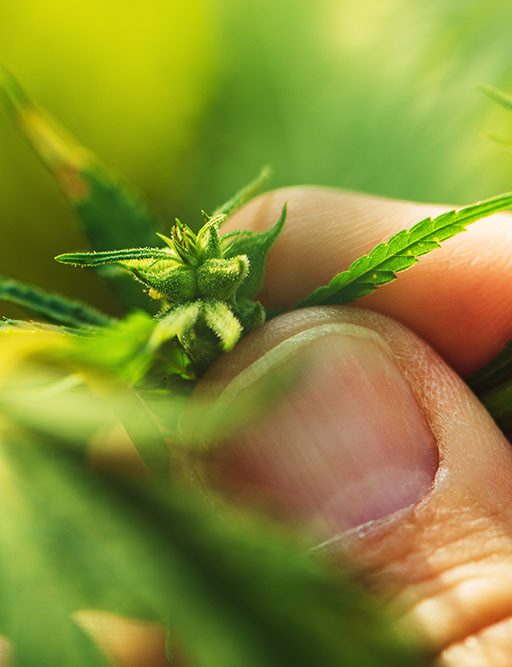
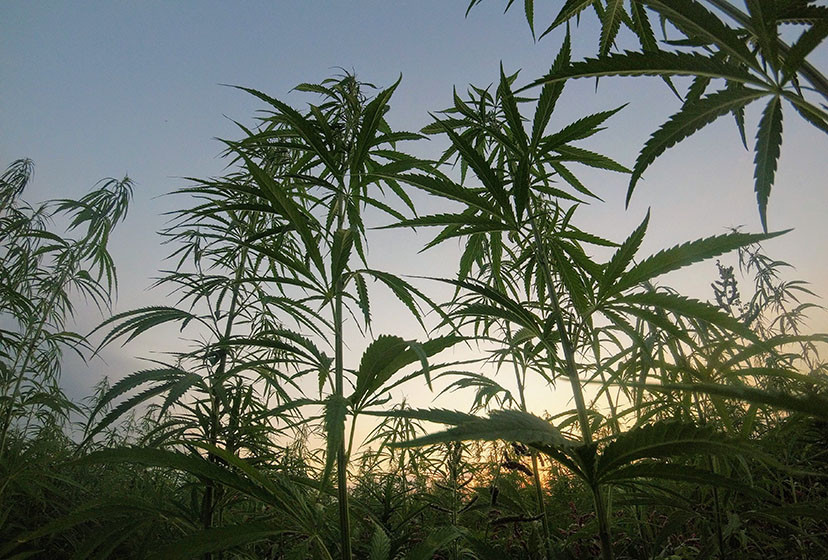
How to Use Hemp Flower
Dried hemp flower is typically smoked or vaporized. This is because exposure to heat is what turns CBDA found in hemp fibers into CBD.
Smoking or vaping also allows the most CBD to enter the bloodstream the fastest, introducing possible effects with a high potency almost immediately.
Whole CBD hemp flowers are the most direct, natural way to access the compounds found in the hemp plant. Scientific research has to yet to prove, but does suggest CBD may be an effective anti-inflammatory and can help patients with many ailments ranging from anxiety to epilepsy.
Creating Your Own CBD Extract
The highest concentration of cannabinol (CBD) is found in the flowers of the hemp plant. These flowers are dried and can be used in a variety of ways, most commonly smoked or vaporized.
Customers who want to avoid smoking or vaping typically use hemp flowers to create homemade oil tinctures and edibles.
To make a homemade CBD product, CBDA must be converted into CBD while also extracting the compound from the plant fibers. This process typically involves a chemical solvent (like ethanol) and exposure to a heat source. There are a number of products on the market that allow you to create small batches of CBD extract at home, which are sold at Apotheca.
Creating your own oil blends and edibles allows you to tailor ingredients to your own needs and desired outcomes from using CBD products.
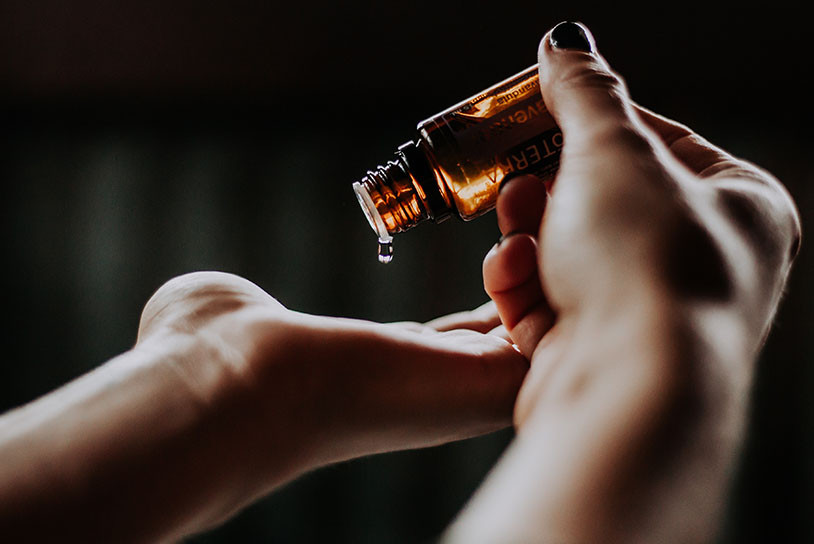
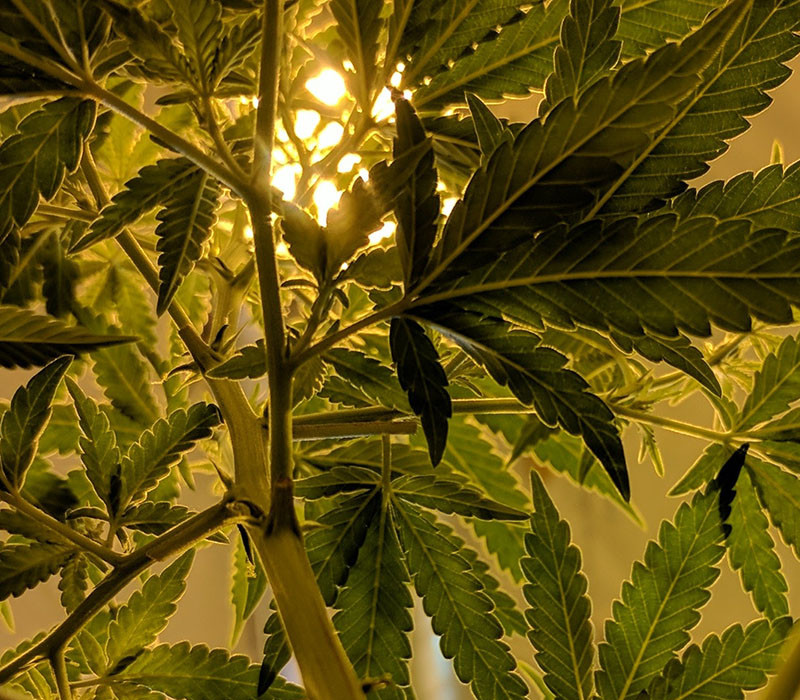
Why Hemp?
Hemp has proven to be one of the most versatile, hearty crops on the planet. It is easy to grow, can survive in most climates, and helps preserve soil health—a vital factor for farmers whose soil has been eroded by other staple crops.
Customers who want to avoid smoking or vaping typically use hemp flowers to create homemade oil tinctures and edibles.
Research shows hemp has potential in phytoremediation—the process of using plants to clean contaminated soil. There’s potential that hemp is just as beneficial for the planet as it is for people.
Creating your own oil blends and edibles allows you to tailor ingredients to your own needs and desired outcomes from using CBD products.
Hemp is such a vital, sustainable plant in part due to the many uses people have developed for each and every part of the plant. Among the plant’s many uses, the seeds are a healthy food source, the plant stems can be processed into a durable textile, and the flowers are rich with phytocannabinoids. While we’re only now beginning to explain hemp’s effects scientifically, the plant has been a vital part of culture all around the world for millennia.
Hemp in History
Hemp has been an essential part of human history. It is one of the earliest known industrial products, with evidence of hemp fibers in China dating back to 12,000 years ago.
Likewise, hemp’s use as a medicinal remedy can be traced back to early Indian culture. Hemp is grown across the world and has been used as everything from rope to paper to a vital food source.
In the United States, the Mound Builders of the Great Lakes were using hemp as early as 400 B.C.E. The Vikings, who used hemp to create rope and sails, likely sowed hemp seeds across North America 1,000 years ago. Hemp cultivation was a mandatory practice for early English colonists in America, and Puritans grew hemp at Jamestown in 1607.
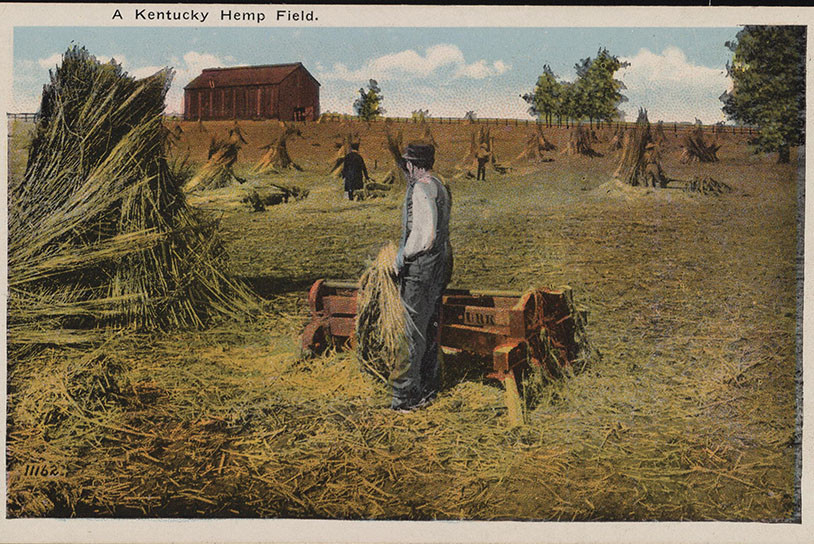
The founding fathers considered hemp a vital part of the early United States of America. Alexander Hamilton said hemp was “an article of importance enough to warrant the employment of extraordinary means in its favor.” George Washington was another advocate for hemp, and he wrote about his own crop regularly in his farm diary.
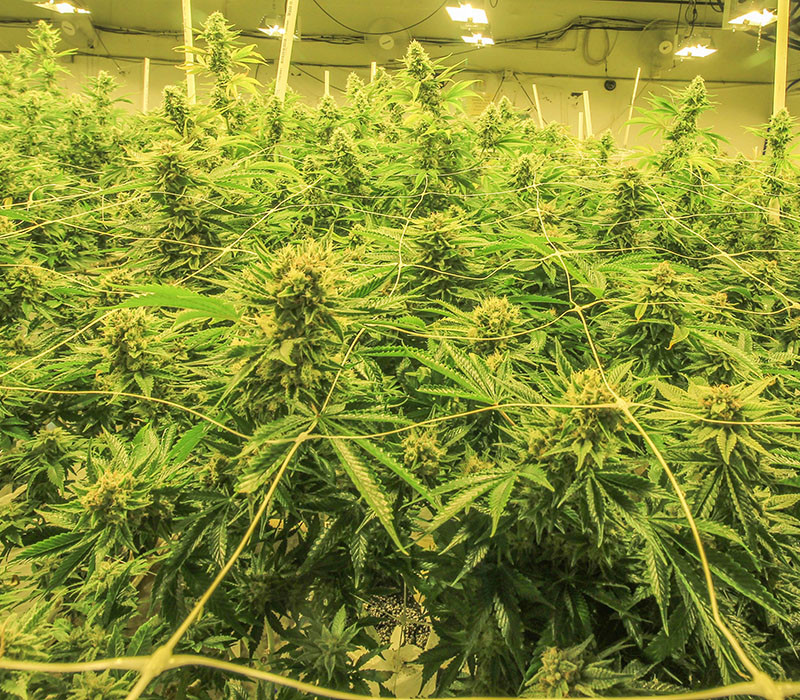
Hemp in Modern America
Cannabis (both hemp and marijuana) was used both as an ingredient in a number of pharmaceutical products and recreationally throughout the 1800s. It wasn’t until The Pure Food and Drug Act of 1906 that cannabis was the subject of a federal law.
From there, a decades-long campaign of racist fearmongering and propaganda influenced mainstream public perception and policy until all cannabis products were eventually banned under the Controlled Substances Act of 1970. This is the era in which the term “marijuana” originated and is represented in the public consciousness by the film Reefer Madness.
In the 1990s, researchers discovered the human body’s endocannabinoid system, which controls many vital bodily functions and directly interacts with cannabinoids. This key revelation added scientific legitimacy to the claims folk medicine producers had been making about cannabis for centuries. Riding on a wave of public goodwill and interest in alternative remedies, cannabis and CBD have gradually re-emerged after decades of prohibition. The 2018 Farm Bill codified the division between illegal marijuana and legal hemp and opened up the hemp business to thousands of farmers.
At Apotheca, we want to further education about hemp and help customers make thoughtful, informed decisions about their own wellness. That’s why we create in-depth blog posts on the above topics and much more. You can continue learning by with some of our posts about the past and future of hemp below.
